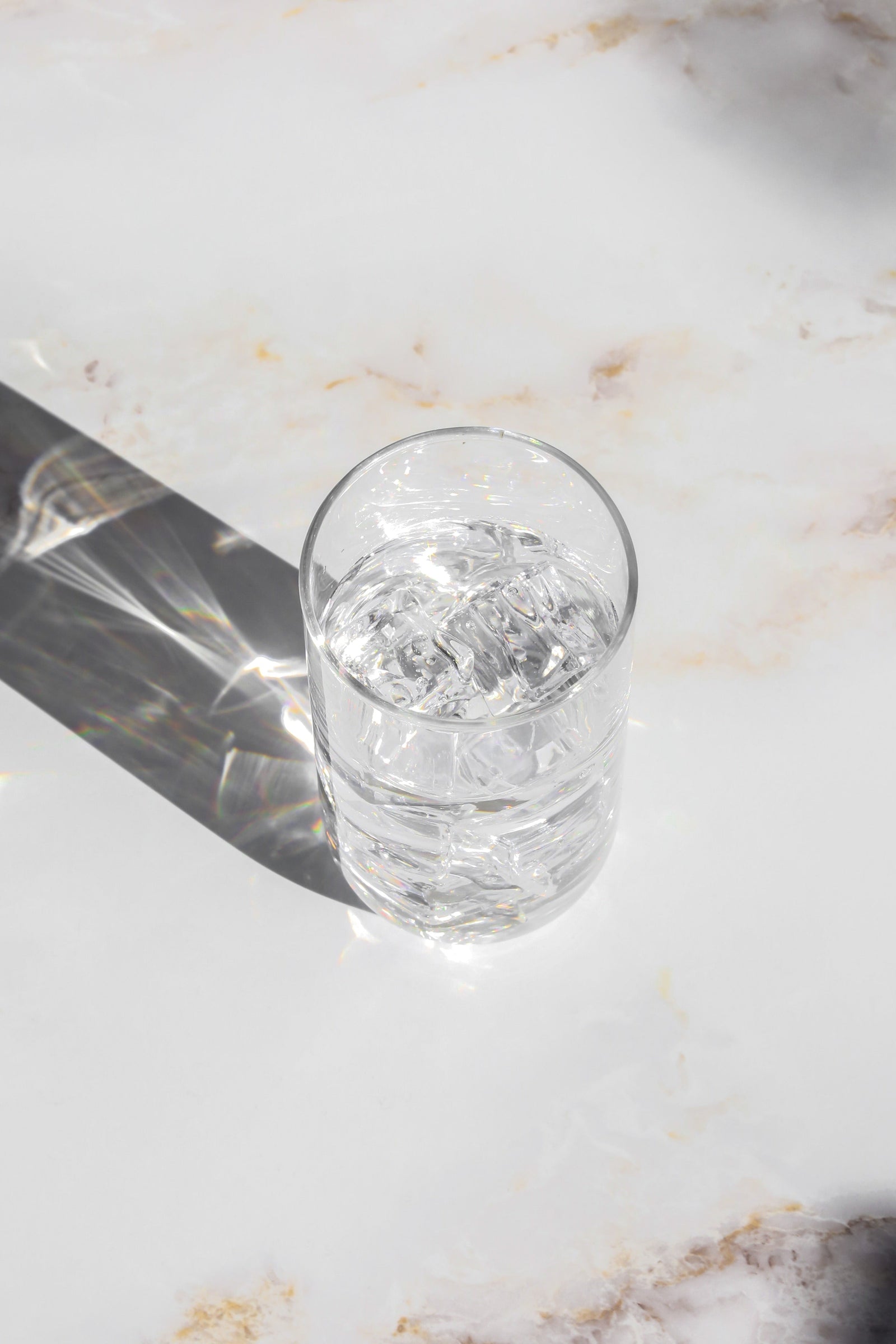7 Health Benefits of Rebounding

Rebounding is one of the most efficient and all round beneficial exercises you can do for your body! We love incorporating this low impact aerobic exercise to improve lymphatic and cellular detoxification.
If done properly, all major muscles in the body are worked with extremely low impact to the knees and spine. Every cell of the body is stimulated!
When Kelly and I lived at Marilee’s for the summer, we loved rebounding every day, and we’ve stuck to the habit of doing it as much as possible. The Branch Basics office even has a rebounder or two!
Key Takeaways
-
Rebounding is a low-impact, full-body exercise: Rebounding works all major muscles and stimulates every cell in the body while being gentle on joints and the spine.
-
Rebounding boosts lymphatic & immune health: Just a few minutes of bouncing helps move lymphatic fluid, supporting detoxification and immune function.
-
Rebounding is convenient & accessible: You can rebound anywhere with a rebounder or even a yoga/exercise ball.
What is Rebounding?
Rebounding is an exercise done by gently bouncing up and down on a small trampoline (also known as a rebounder) or exercise ball.
The body experiences three forces when rebounding – gravity, acceleration, and deceleration.
At the top of the bounce the body becomes weightless and then at the bottom of the bounce you experience 1.5 times the force of gravity. This exercises every cell in the body and stimulates the drainage of the lymphatic system.
There is not a pump, like the heart, to circulate the lymph so if we don’t move enough, toxins actually build up and poison our cells. The action of bouncing on a rebounder provides one of the best ways to move the lymphatic fluid and increase the effectiveness of our immune systems.
Rebounding as exercise has been studied by NASA and was found to be 68% more oxygen efficient than other forms of exercise. You can exercise quite vigorously on a rebounder without feeling as out of breath as you would with another exercise.
However, you are still gaining the same benefits you would from jogging or running. A win-win!
How to Rebound
-
Start by getting on the rebounder, gently bouncing up and down without your feet leaving the mat.
-
Build up intensity and time slowly as just two minutes clears the lymph. This can release too many toxins at once if you jump too fast or too long at first.
Again, always start with a short bouncing time and simple, gentle movements. Even small movements for short periods of time can be very effective! Build up the intensity of the exercise slowly.
Video demonstration: Rebounding to Activate the Lymphatic System.
Give yourself a set time to rebound for just a few minutes everyday to start making a habit! Pay attention to how your body responds to rebounding. If you experience pain, discomfort, or fatigue, take a break and rest as needed.
Rebounding stimulates healing and cleansing and is perfect for those that are immune compromised.
Rebound author and lecturer Linda Brooks states that rebounding two minutes every hour "is an ideal protocol for defense against cancer. In just two minutes the entire lymphatic system is flushed," and the white blood cell count nearly triples, providing a greater defense system to destroy cancer cells. Amazing!
No rebounder? No problem!
If you don’t have a rebounder, you can utilize the same gravitational pull by using an inexpensive exercise or yoga ball.
If you have any pre-existing medical conditions or concerns, consult a healthcare provider or fitness professional before starting a rebounding routine.
7 Benefits of Rebounding
Incorporating rebounding into your routine offers a wide variety of health benefits, making it an easy and simple way to increase your overall wellbeing.
1. Rebounding strengthens and protects bones, muscles, and joints
- Rebounding increases your gravitational load, strengthening your bones, muscles, and joints.
- Increases the mitochondria count within the muscle cells that are essential for endurance.
- Protects the joints from chronic stress that is created when exercising on hard surfaces (such as running).
2. Rebounding improves the cardiovascular system
- Strengthens and encourages muscles to move fluids through the body in order to lighten the heart's load.
- Allows the resting heart to beat less often.
- Encourages collateral circulation by increasing the capillary count in the muscles and decreasing the distance between the capillaries and the target cells.
- Decreases the volume of blood pooling in the veins of the cardiovascular system, working to prevent chronic edema.
- Lessens the time that blood pressure remains abnormal after intense activity.
3. Rebounding improves respiratory functions
- Circulates more oxygen to the tissues while also establishing a better equilibrium between the oxygen required by tissues and what is actually produced.
4. Rebounding aids lymphatic drainage
- The lymph system does not have a pump, like the heart, so needs help to be moved. Rebounding stimulates the millions of one-way valves in the lymphatic system. The lymphatic system carries away and filters out poisonous waste products from every cell, tissue and organ. It absorbs fats and fat-soluble vitamins from the digestive tract and delivers them to the cells of the body.
5. Rebounding improves metabolic function
- Improves resting metabolic rate so that more calories are burned even after exercise.
- Promotes tissue repair while managing body composition and improving muscle-to-fat ratio.
- Promotes digestion.
6. Rebounding lowers cholesterol and triglyceride levels
- Lowers low-density lipoprotein (bad) and increases high-density lipoprotein (good) within the blood holding off the incidence of coronary artery disease.
7. Rebounding strengthens the immune system
- Increases the activity of red bone marrow in the production of red blood cells that fight infections, bacteria, and parasites.
- Helps maintain fluid levels, fights infection and produces disease fighting white blood cells.
Read more about the benefits of rebounding in Jumping for Health by Dr. Morton Walker and The Miracles of Rebound Exercise by Albert Carter.
How to Incorporate Rebounding into Your Daily Routine
You reap the most benefits of rebounding by doing it daily.
Here are some tips on how to incorporate it into your daily routine:
- Rebound in place while rehearsing a speech, singing, talking on the phone, watching T.V., listening to music, or while jumping outdoors in the sun.
- Rebound for a nice work break to move throughout the day and give your brain some down time! This is why we love having it in the Branch Basics office.
- Sit on an exercise ball instead of a chair for a few minutes and bounce.
- Set a timer for yourself and make it a time of self-care.
Recommended Rebounders
Our favorite rebounders:
- Jumpsport- Bungee support instead of springs which we love! We have these in the Branch Basics office!
- Cellercise- These rebounders can be stored as a folded up for easy access and storage. Perfect for small spaces or apartments!
Rebounding can be performed year round indoors or outdoors rain or shine. We hope that this inspires you to incorporate this simple practice into your wellness routine!
Create a Healthier Home With Branch Basics
At Branch Basics, we’re all about creating healthier homes and lives.
To get started with a healthier home cleaning routine, check out the Branch Basics starter kit. Packed with everything you need!
FAQs About Rebounding
How often should I rebound to see the benefits?
Even 2–5 minutes a day can improve lymphatic drainage, metabolic function, and immune health. Gradually increase intensity and duration over time.
Can rebounding help with detoxification?
Yes! Rebounding stimulates lymphatic flow, which helps the body remove toxins and supports overall immune system function.
Do I need a special rebounder to start?
No. While a rebounder is ideal, you can achieve similar benefits using a sturdy yoga or exercise ball at home.
Categories

Allison Evans
Allison has dedicated herself to helping others reap the benefits of clean living. She, along with her husband and two daughters left Houston for the country life as she heals from a recent mold exposure and diagnosis of chronic Lyme disease. Follow her story on our Instagram and read more about her Journey to Fertility.








